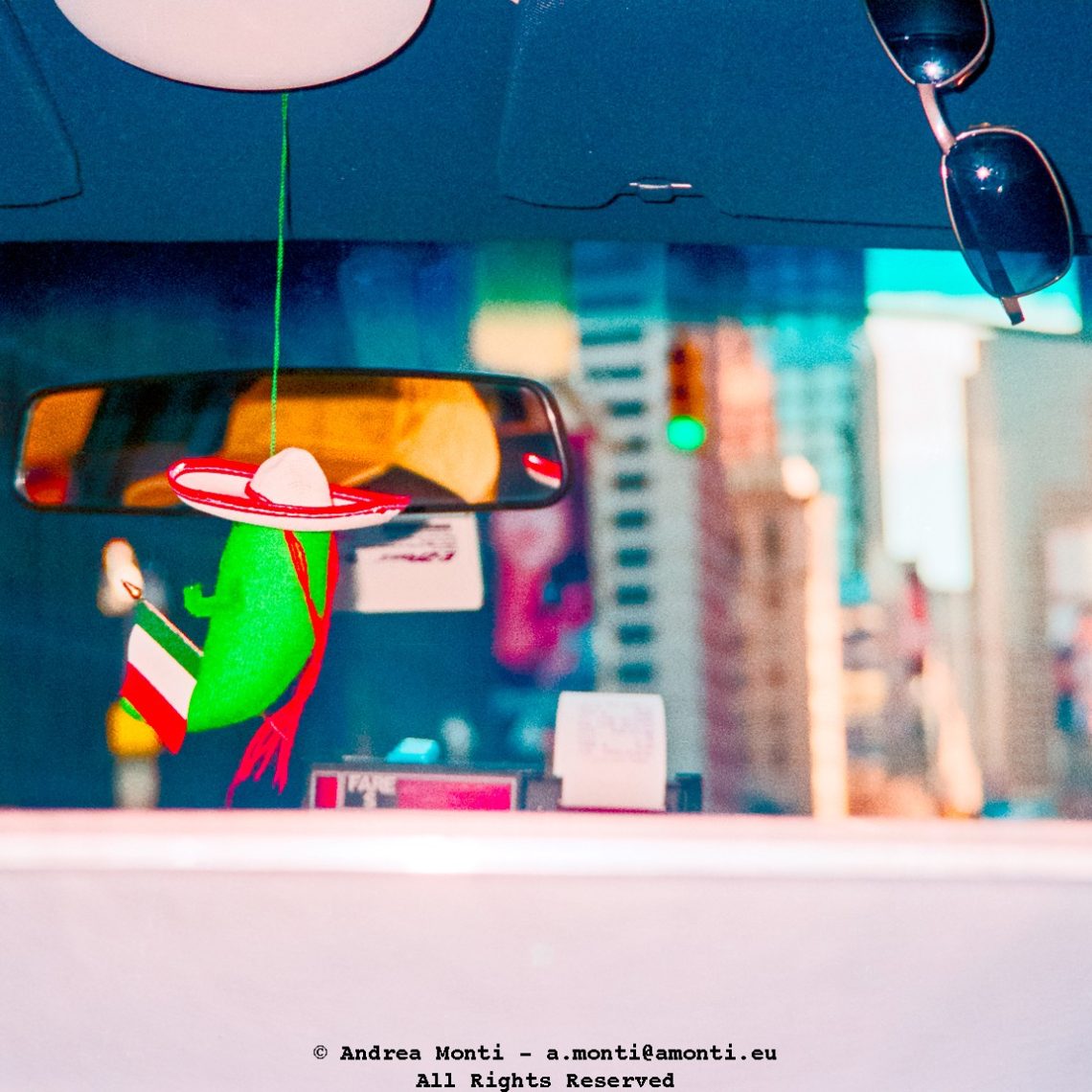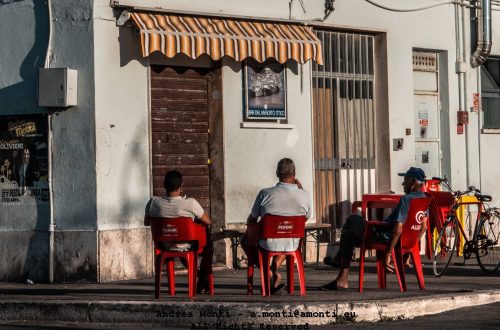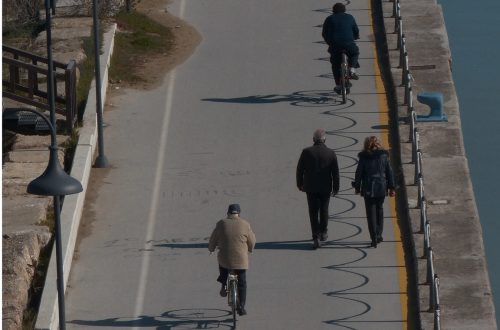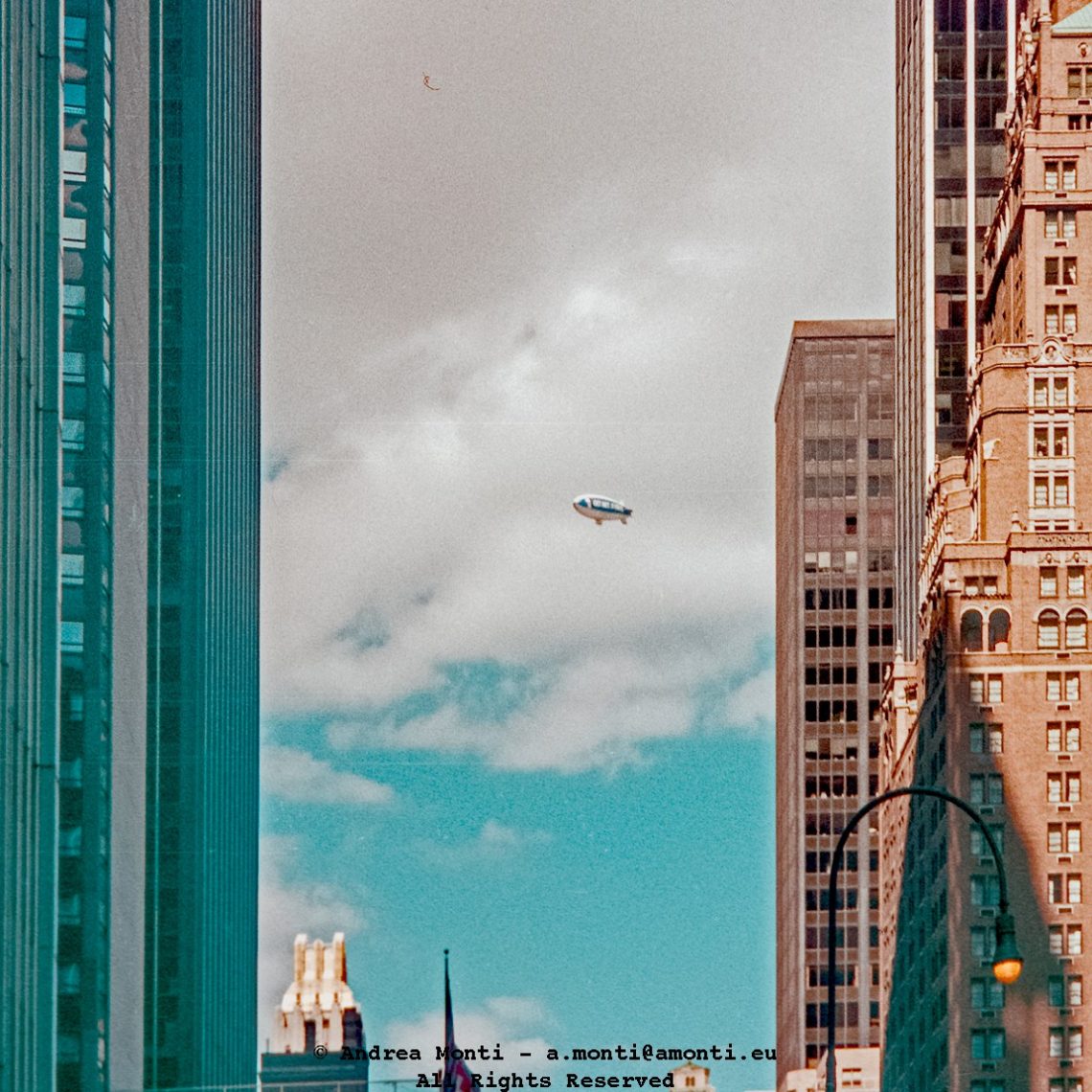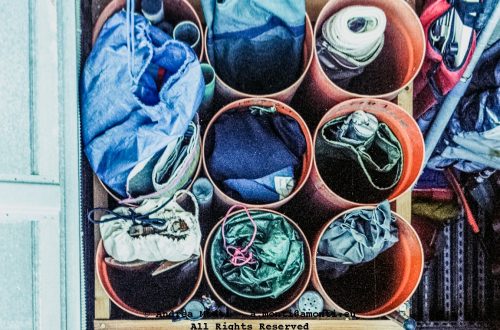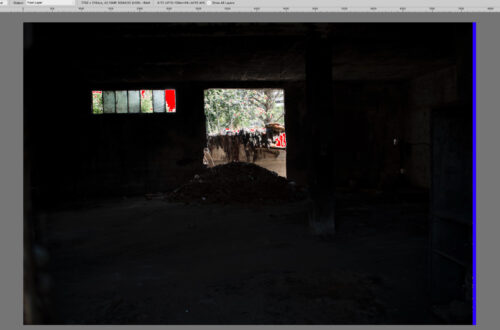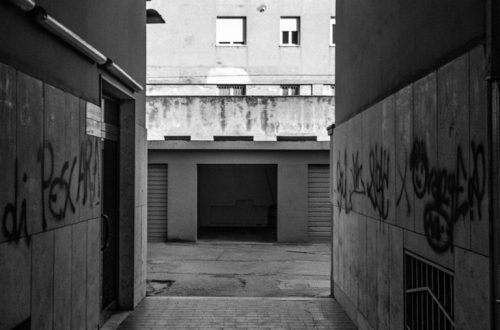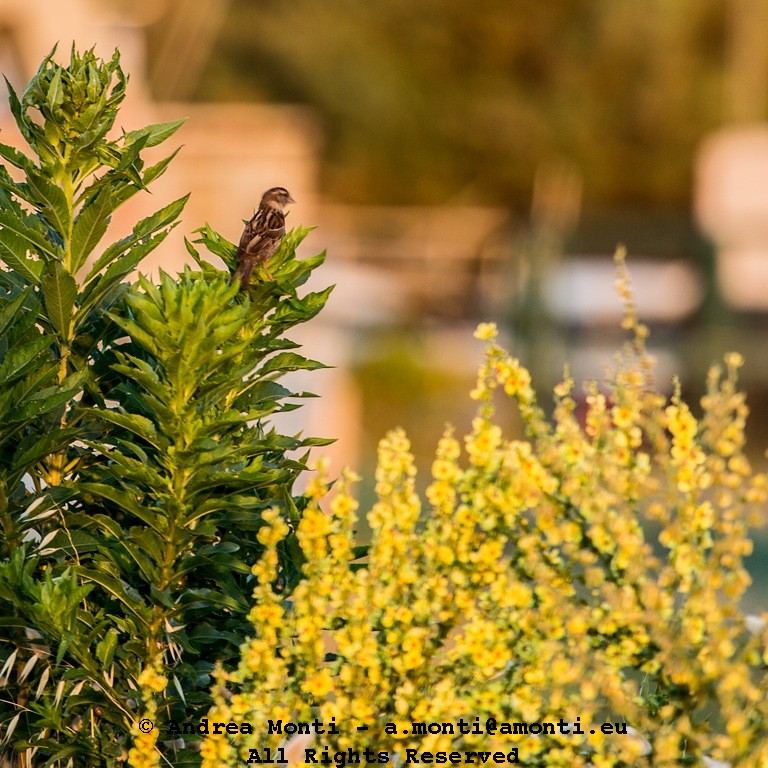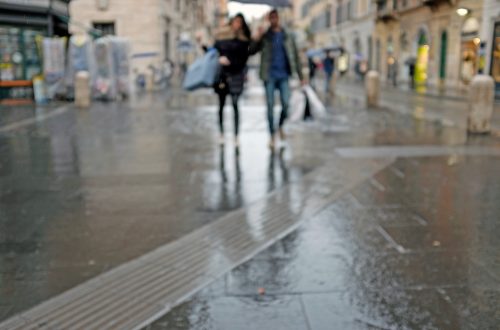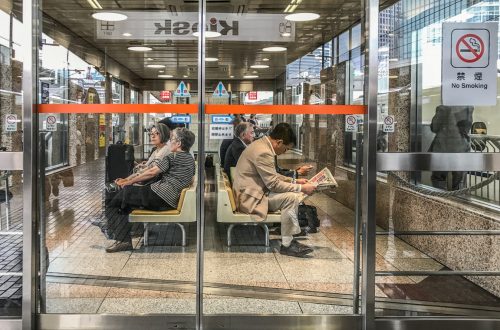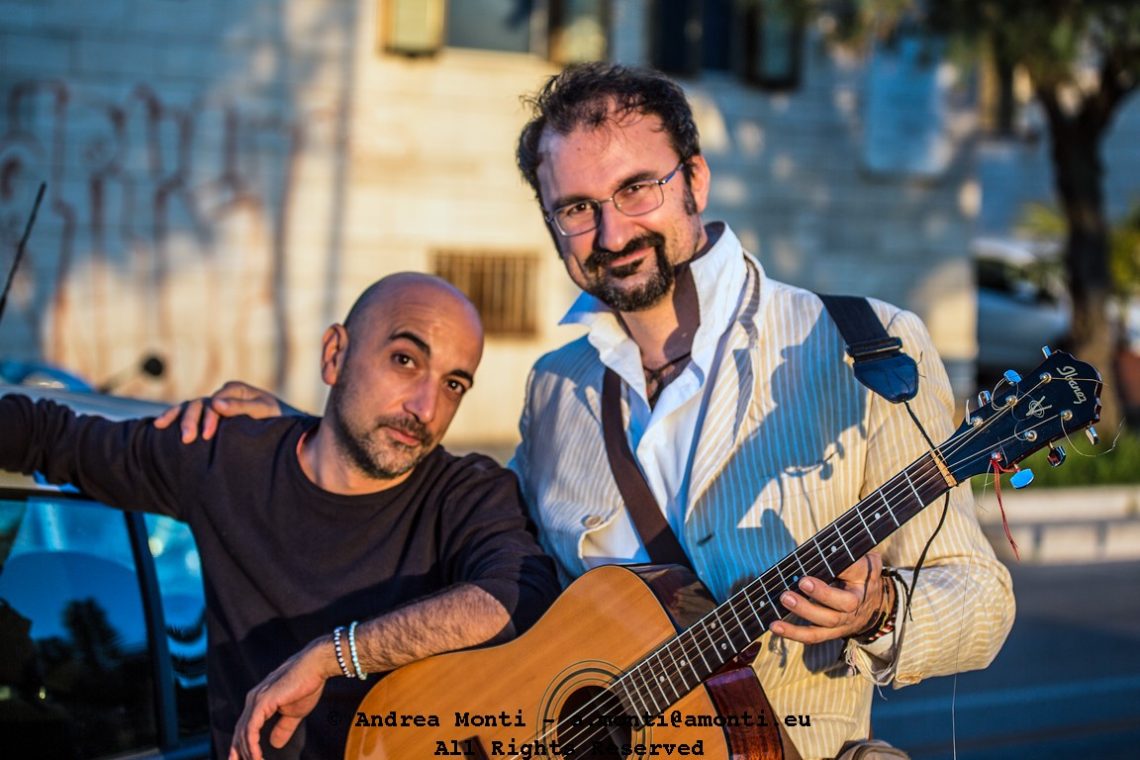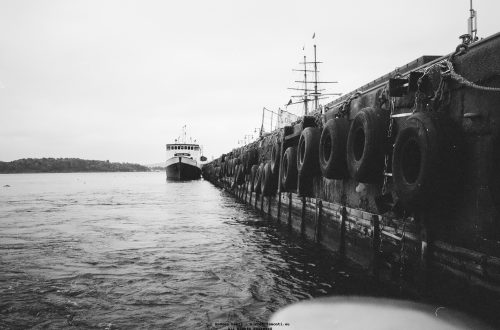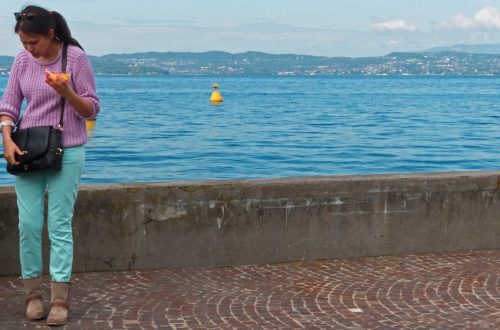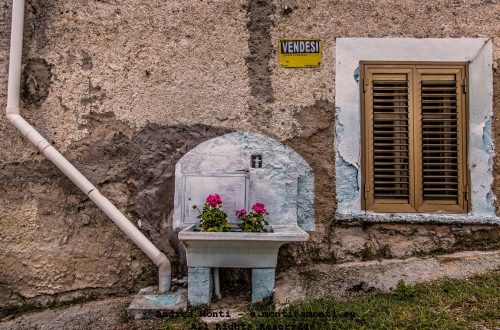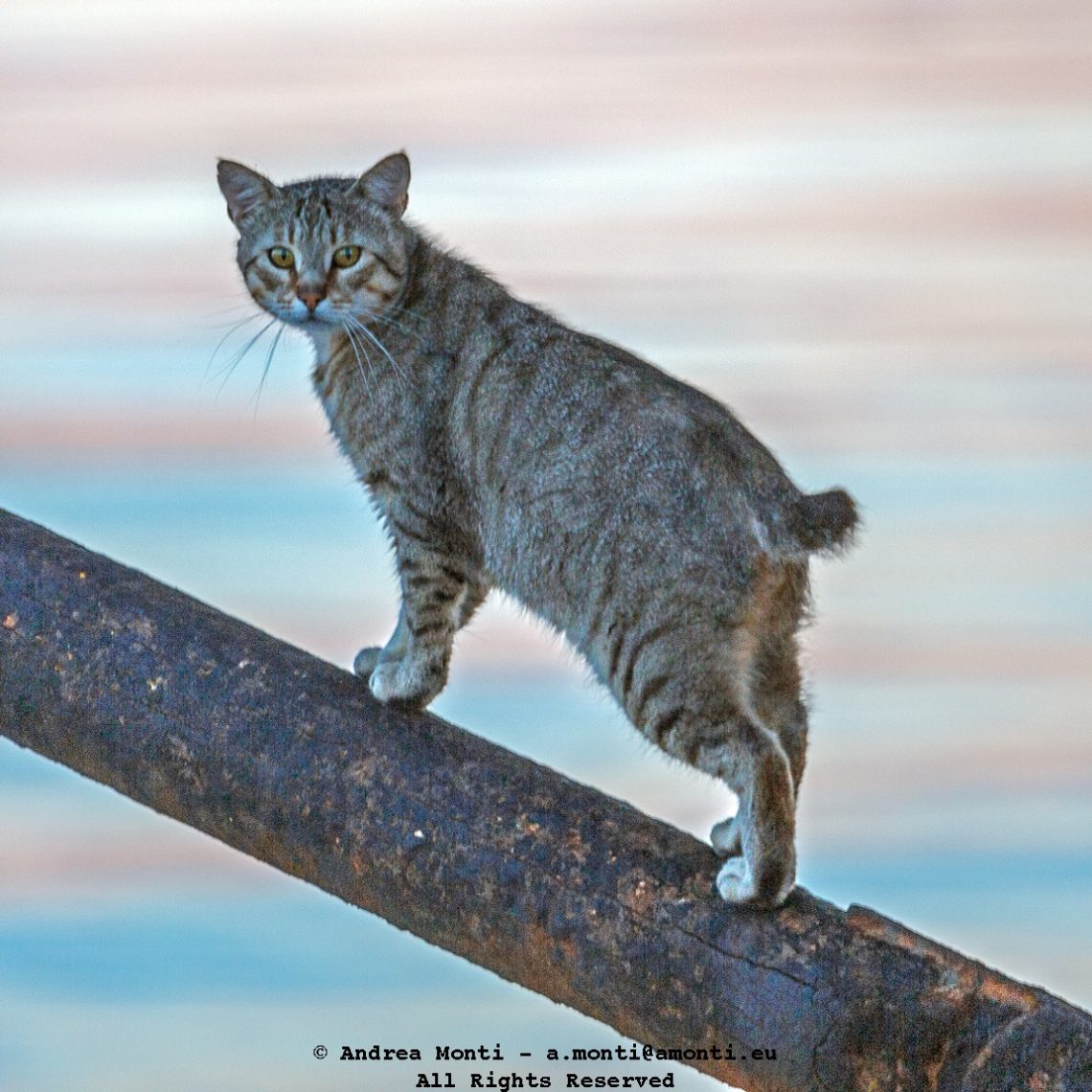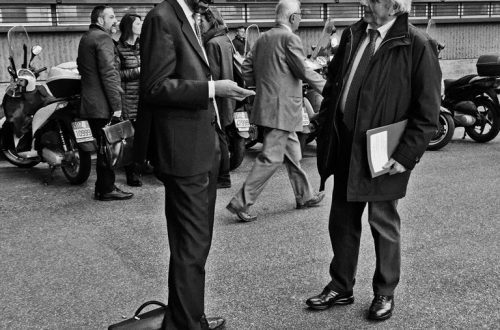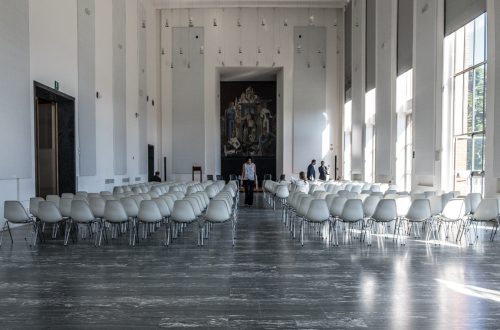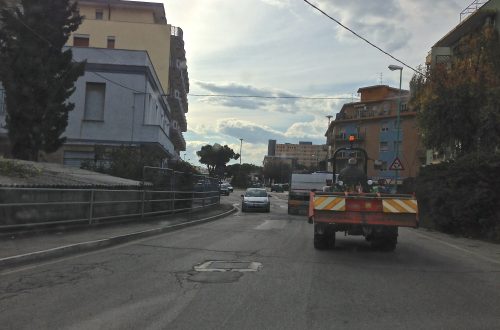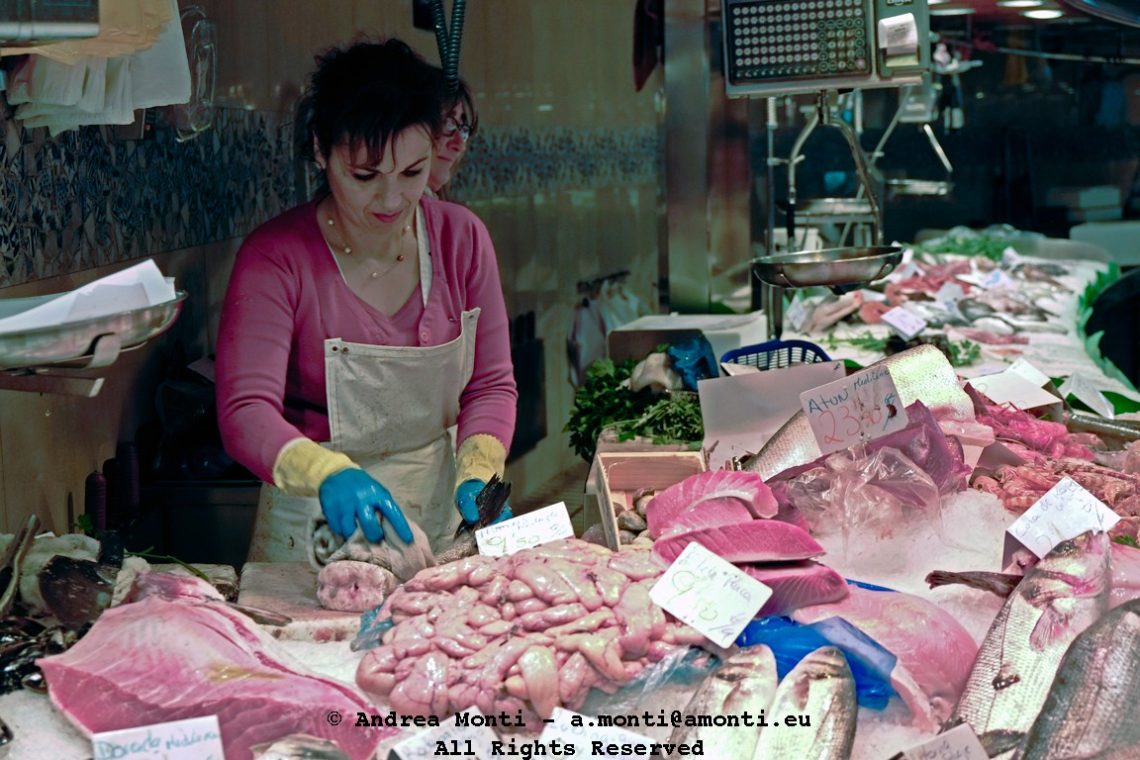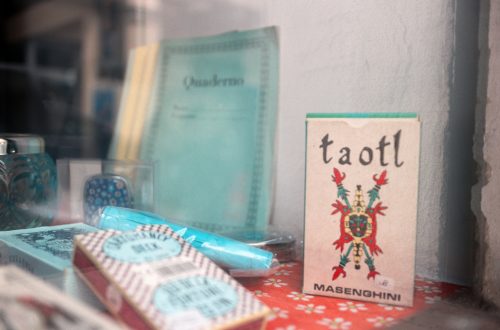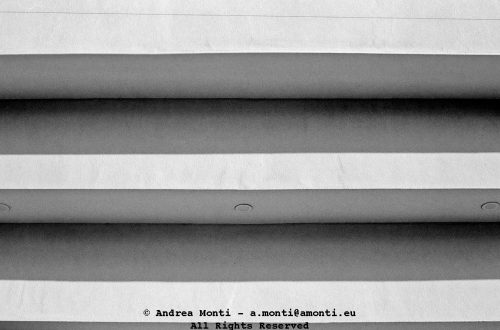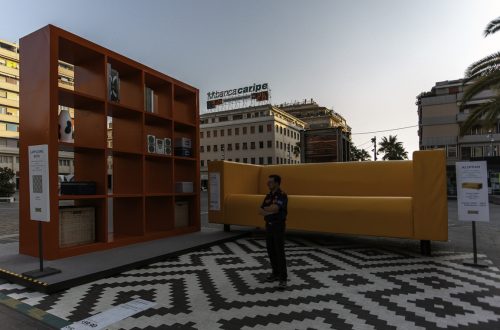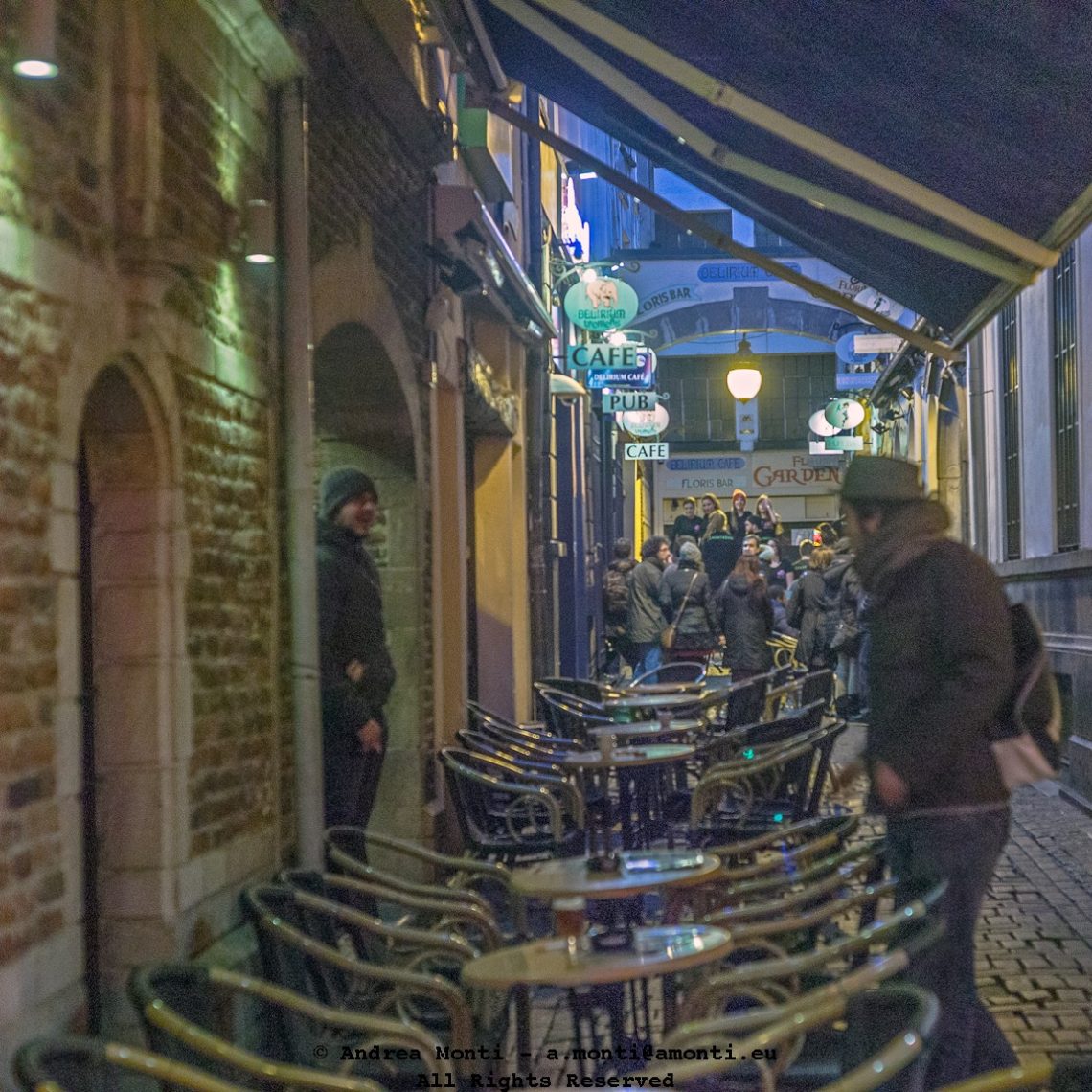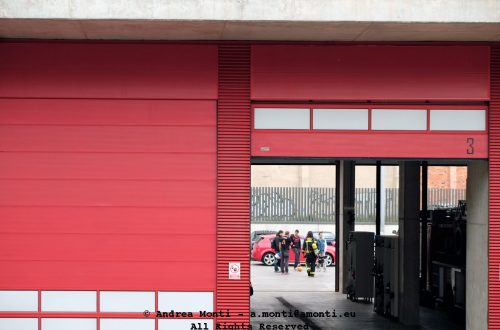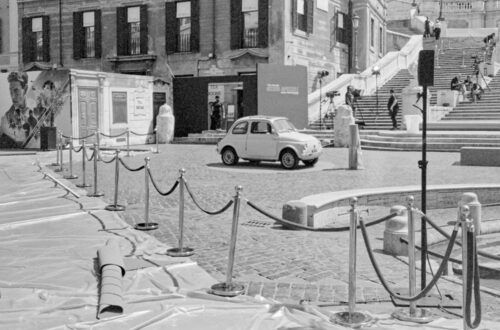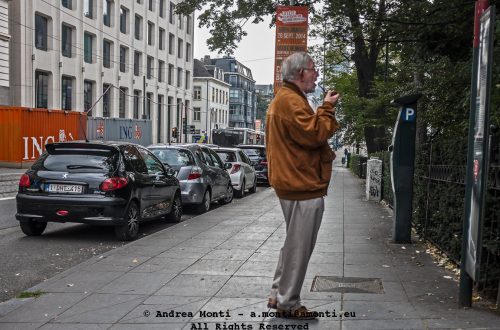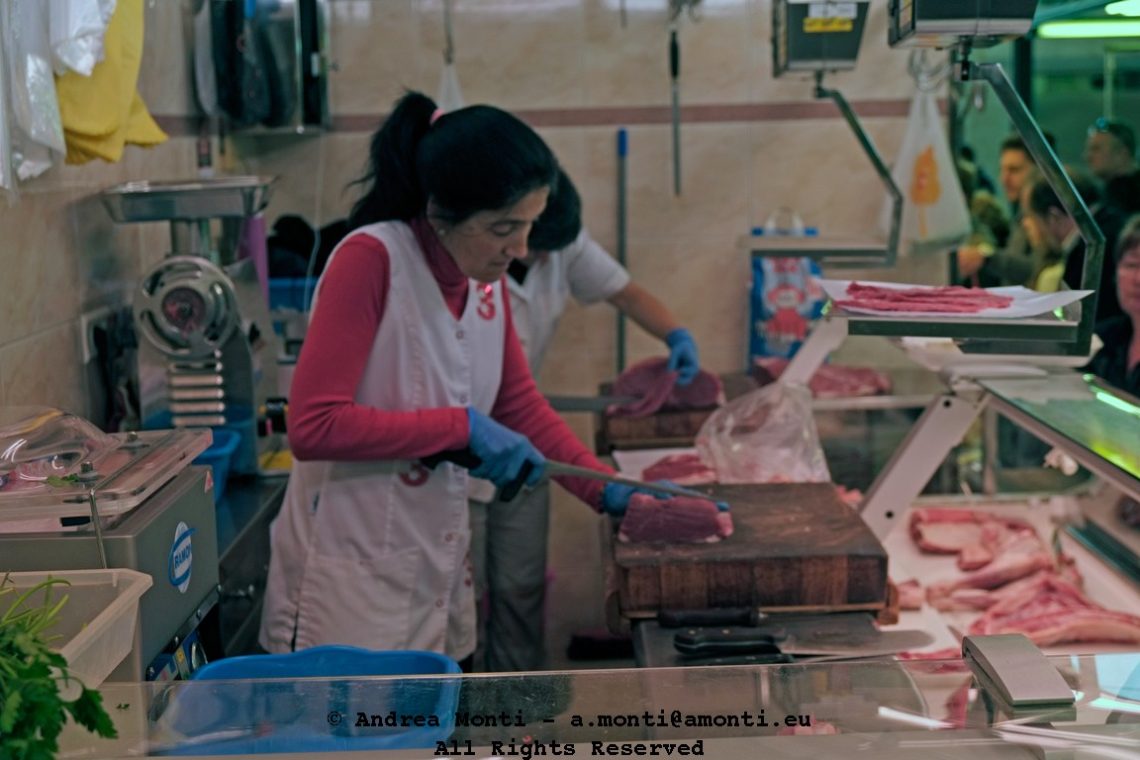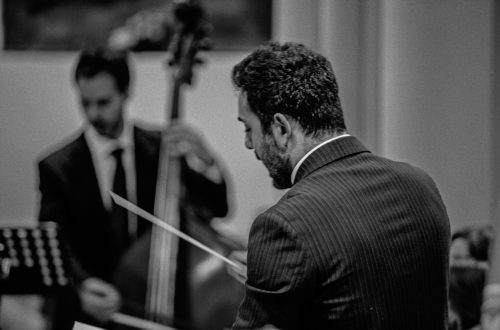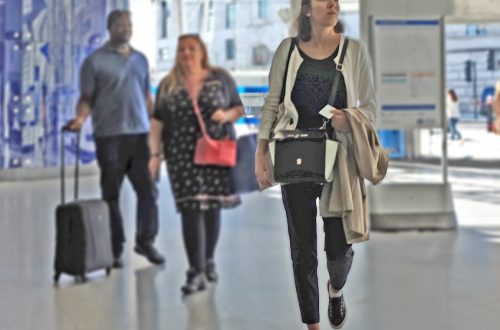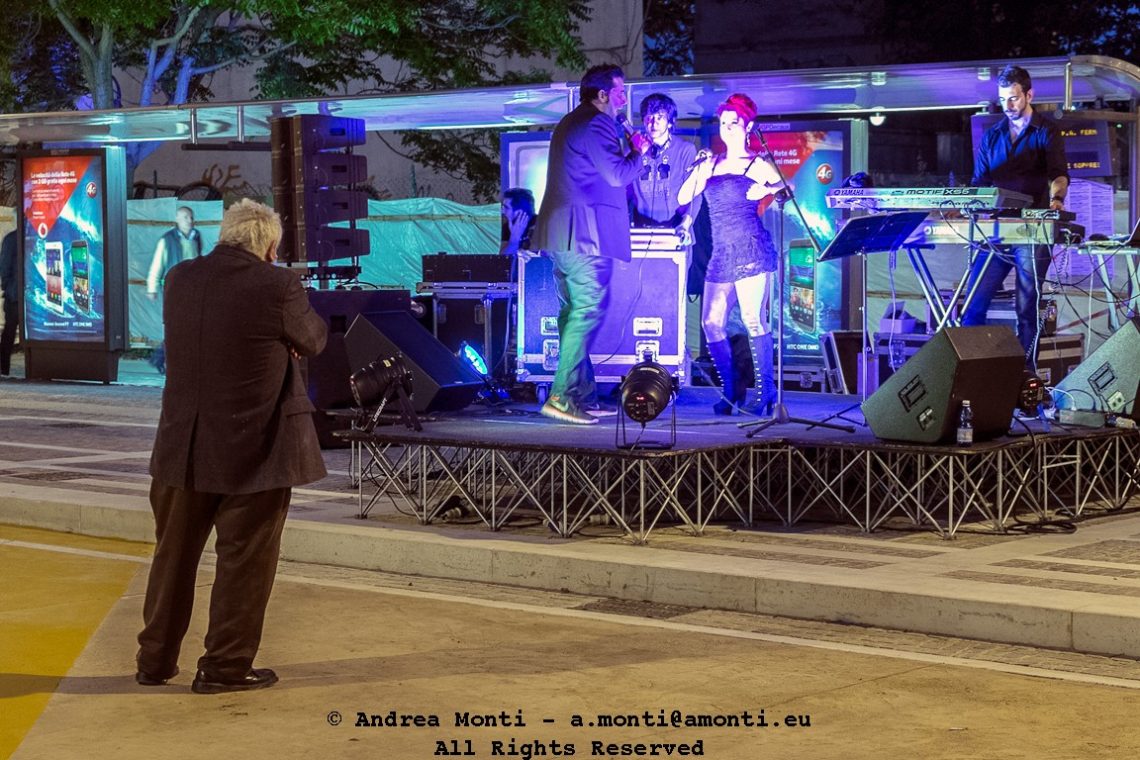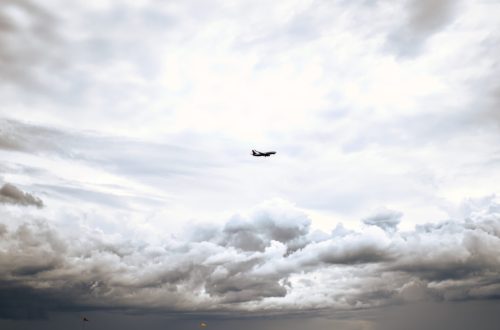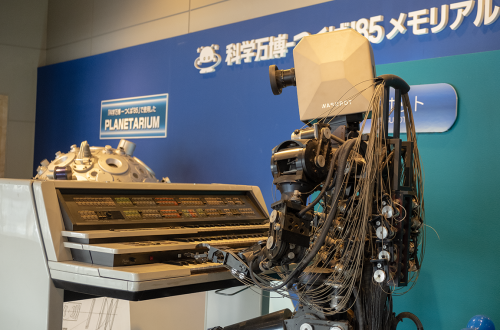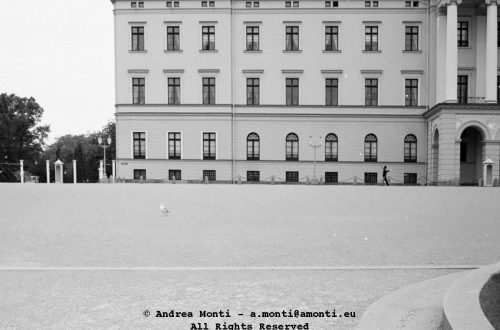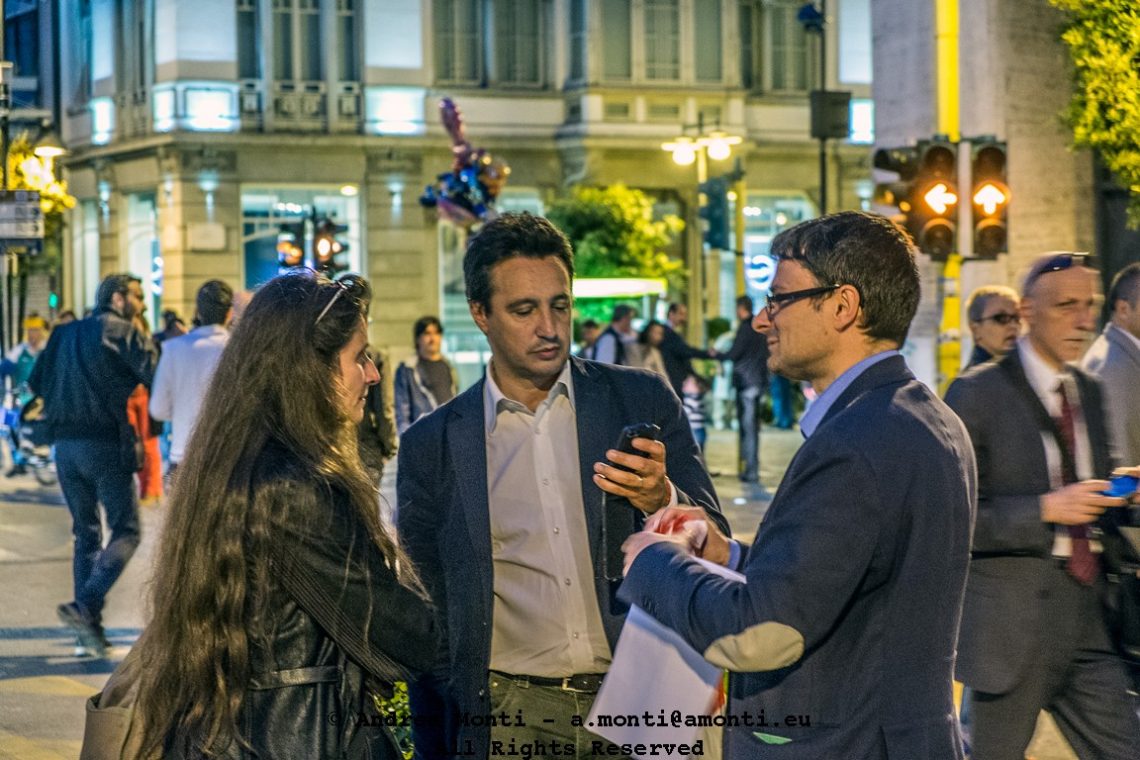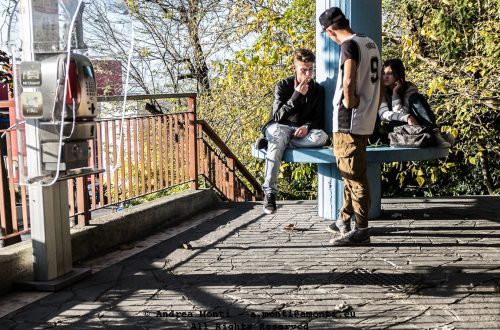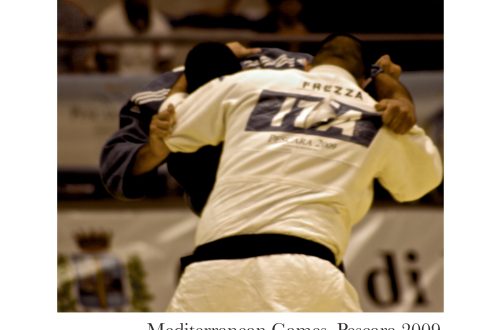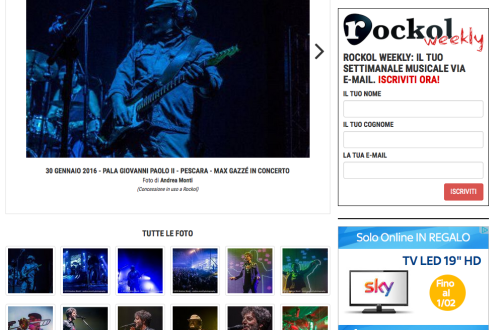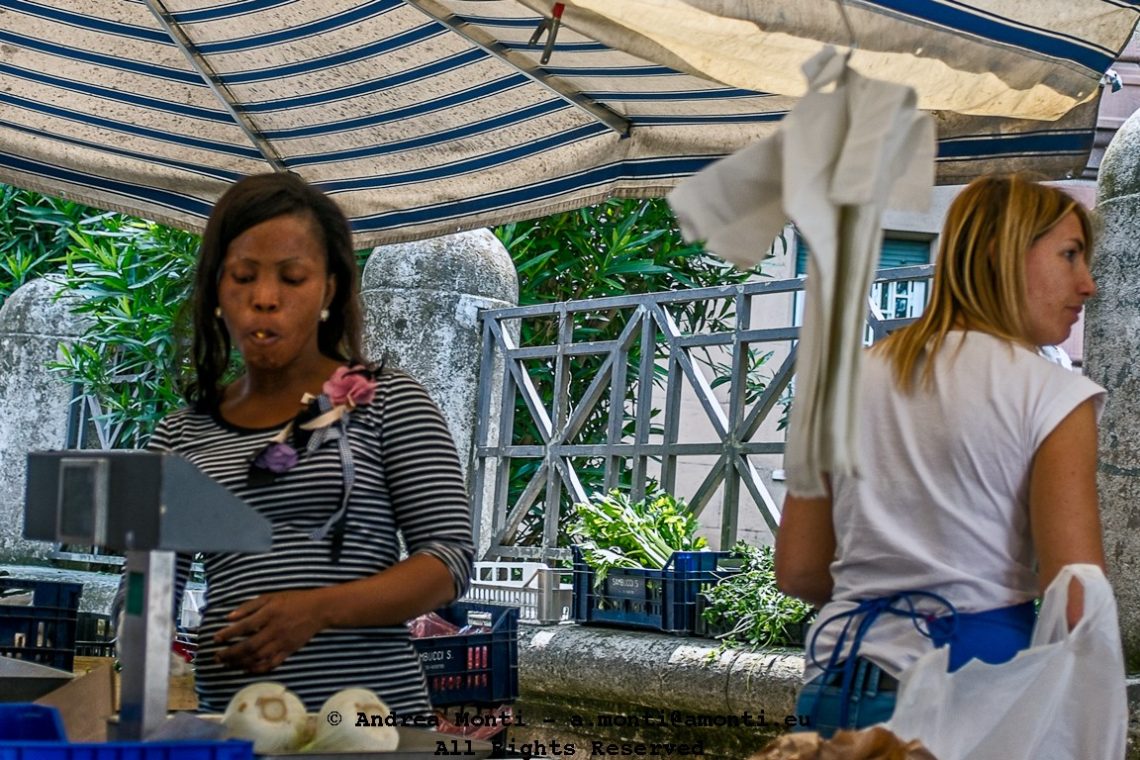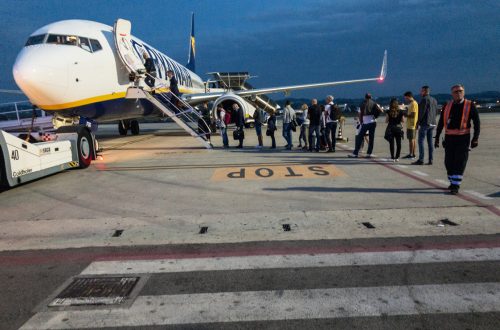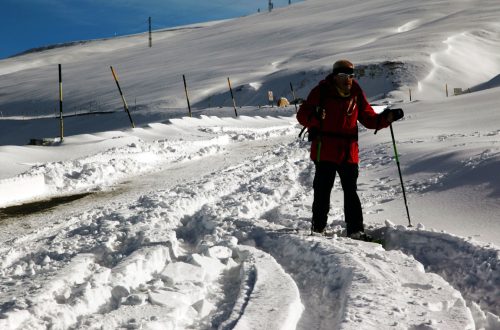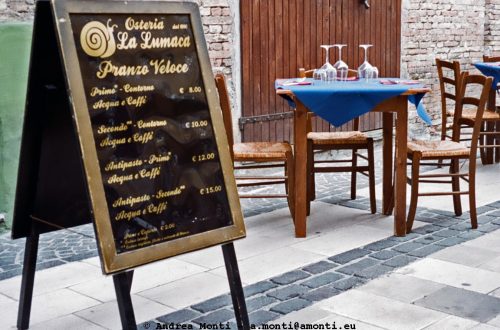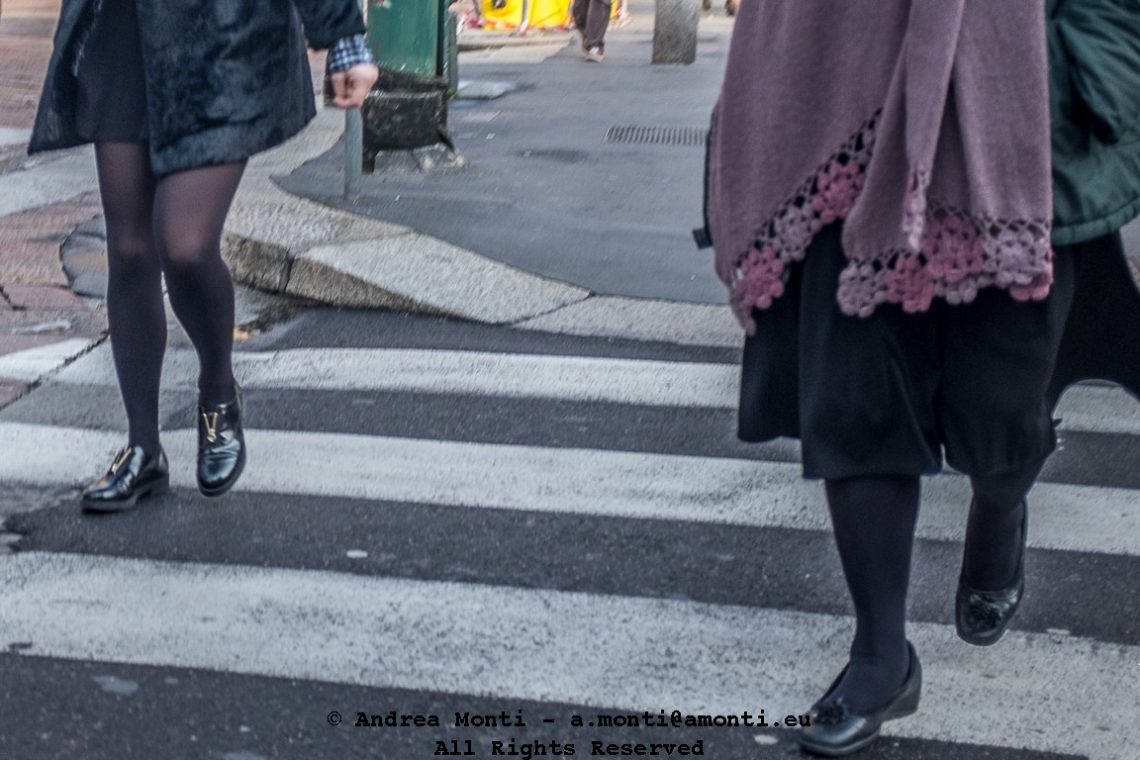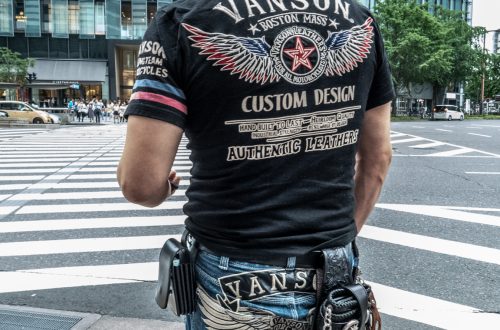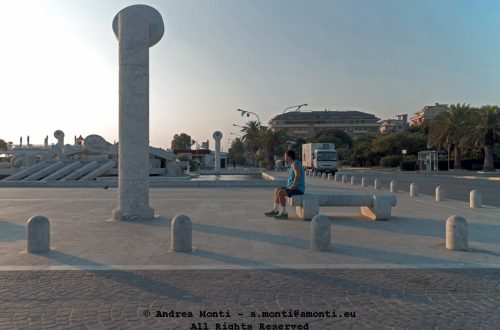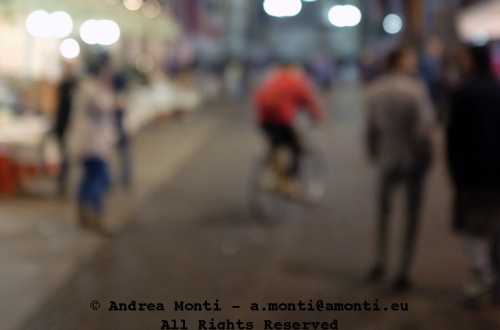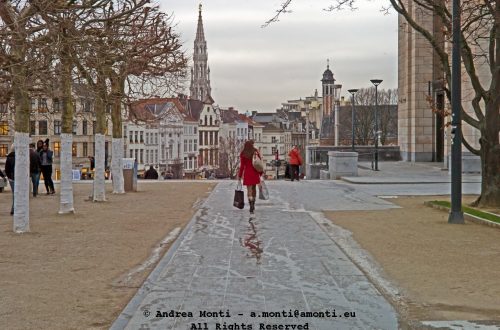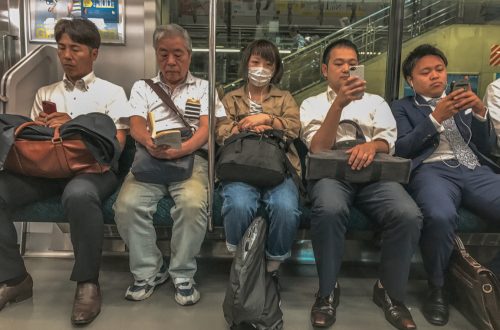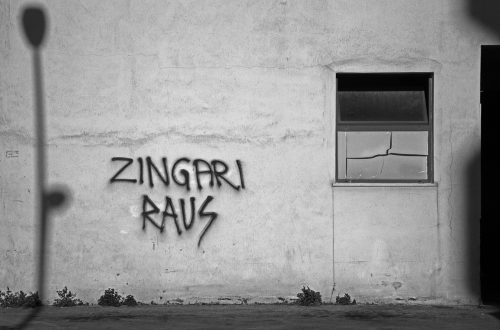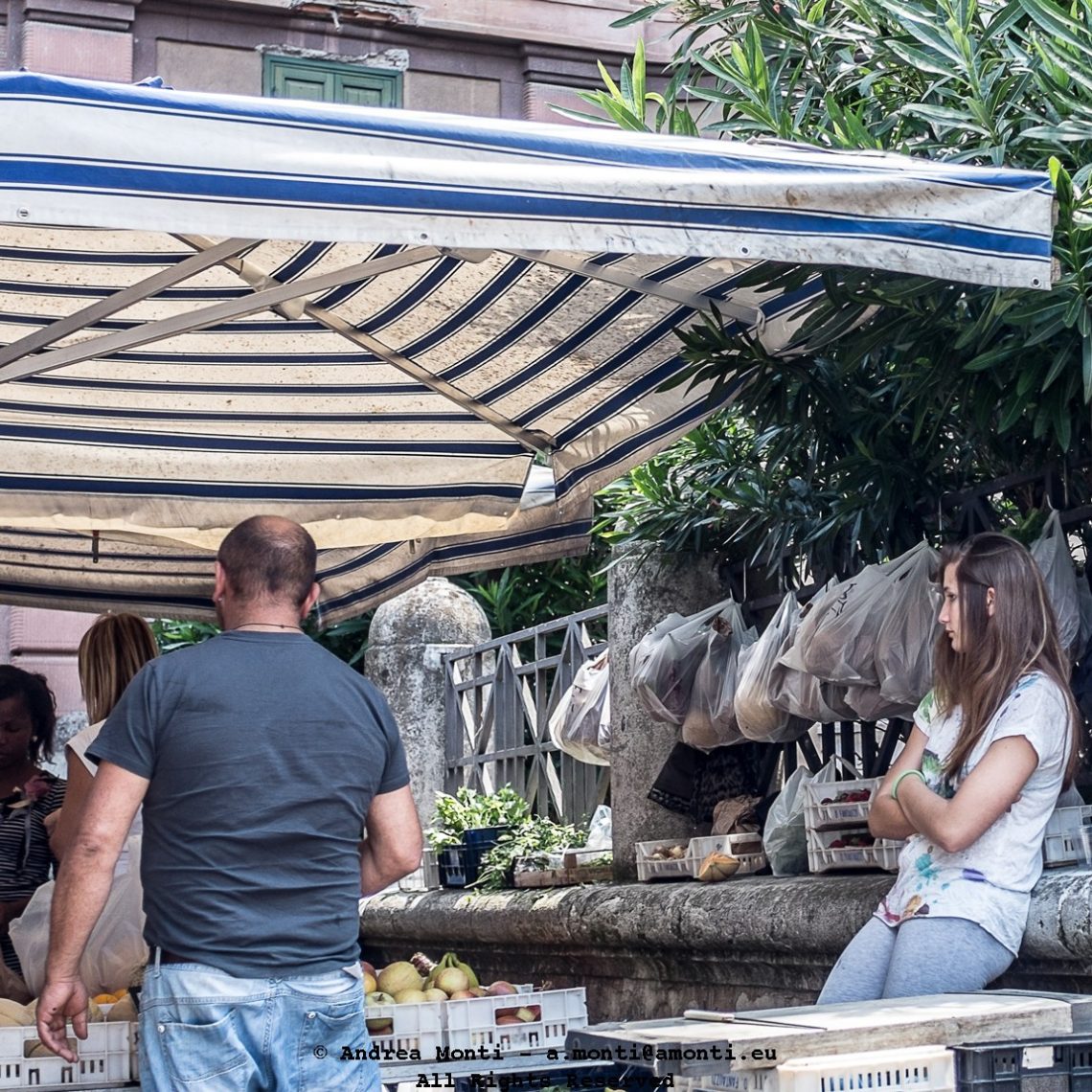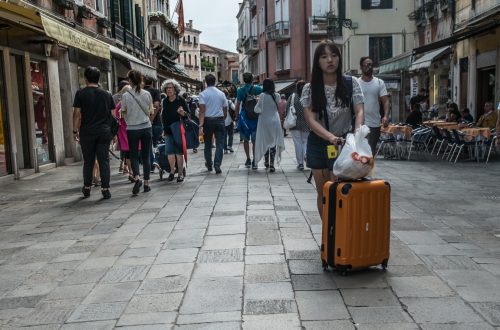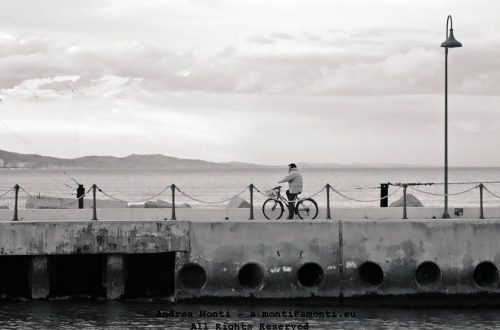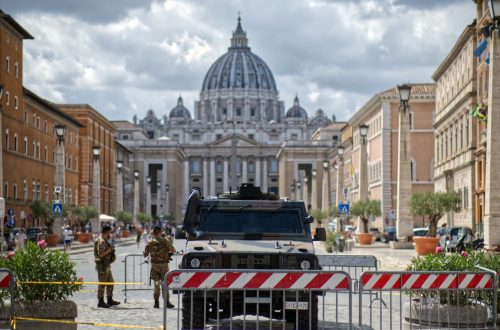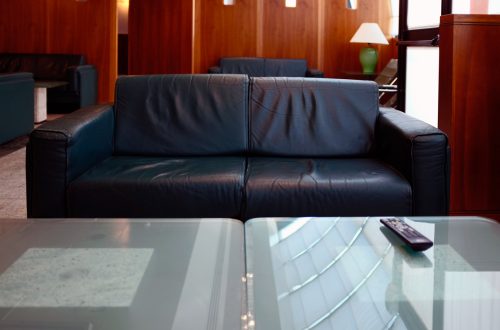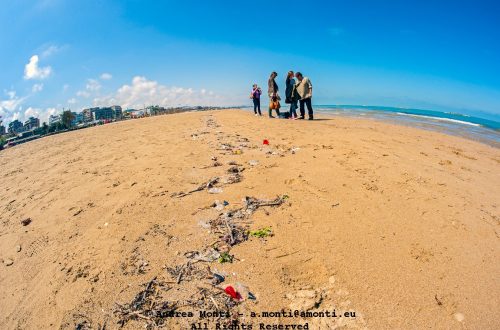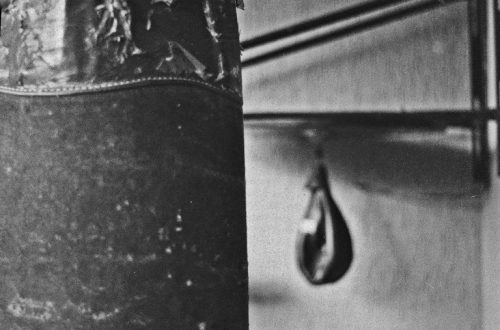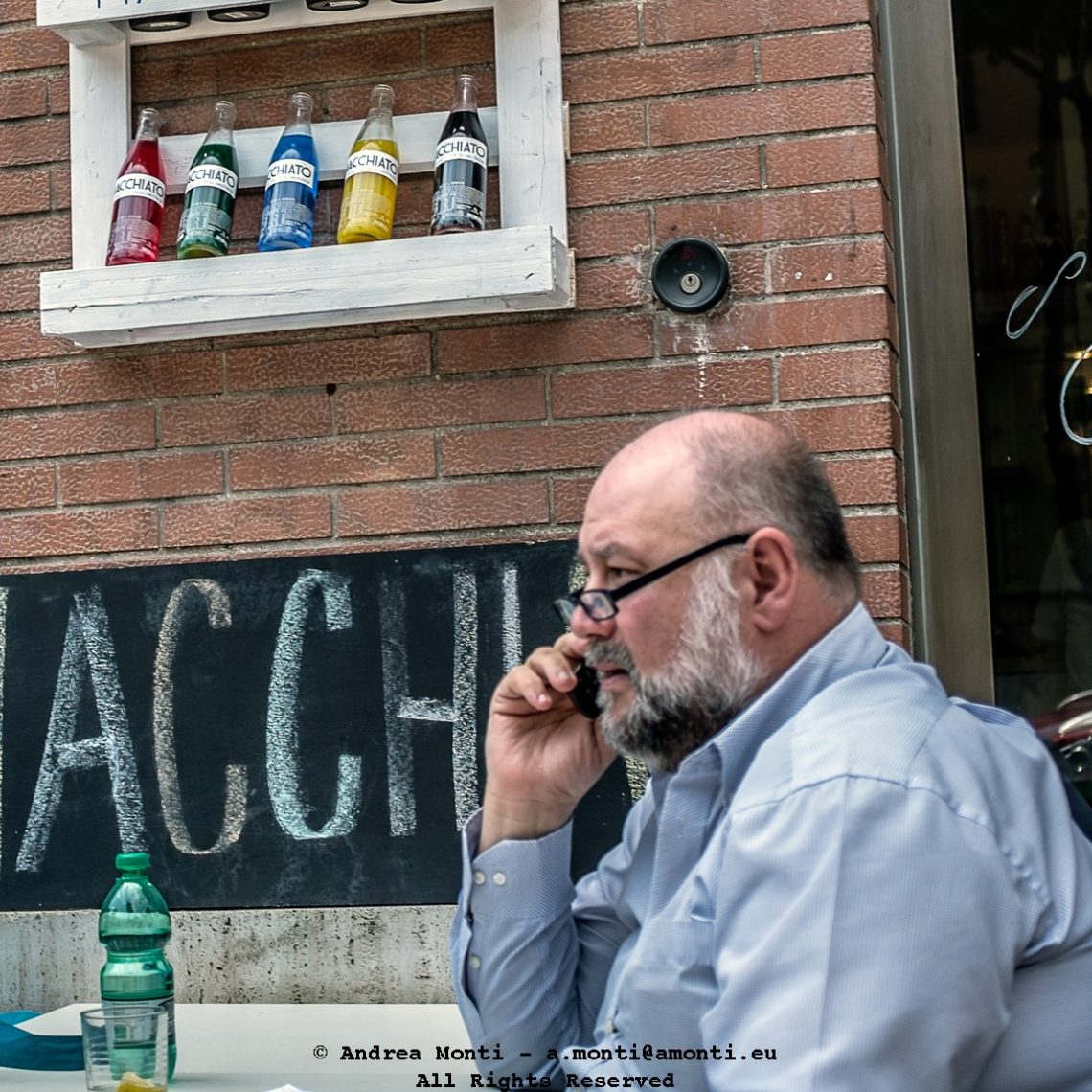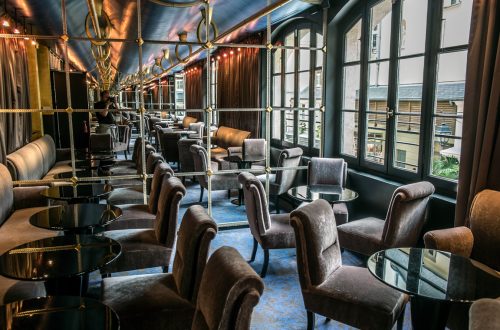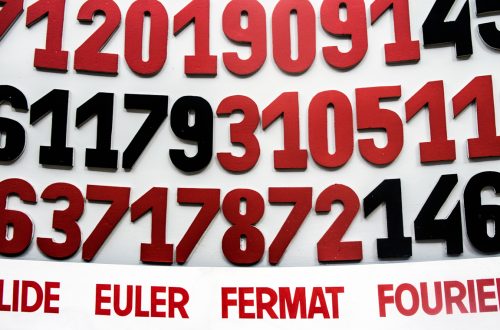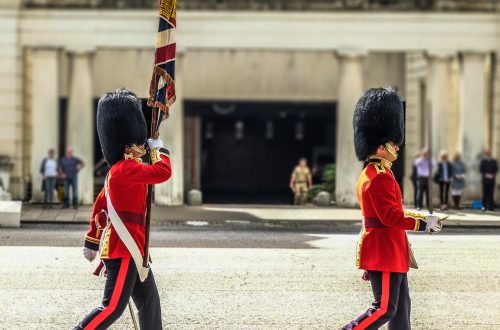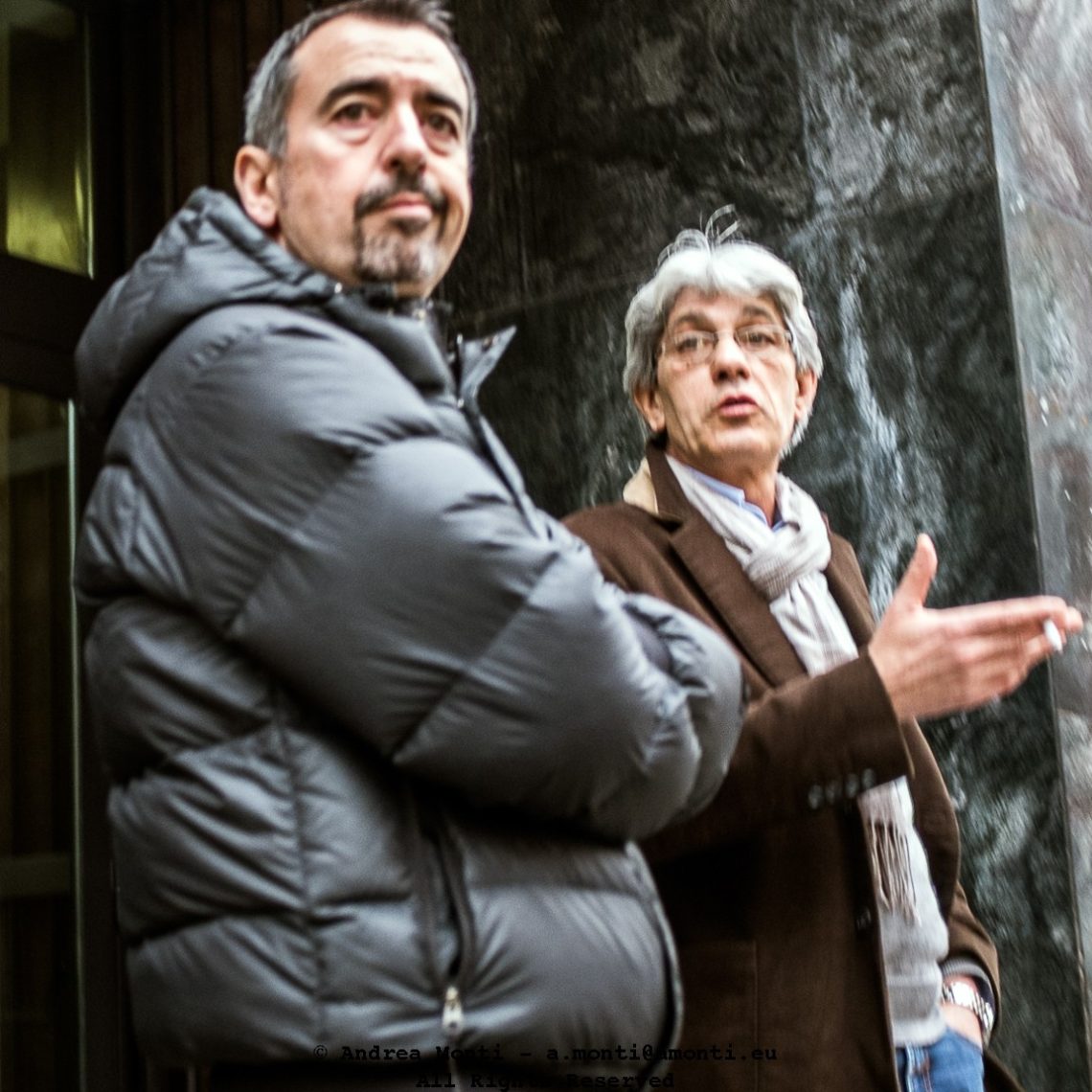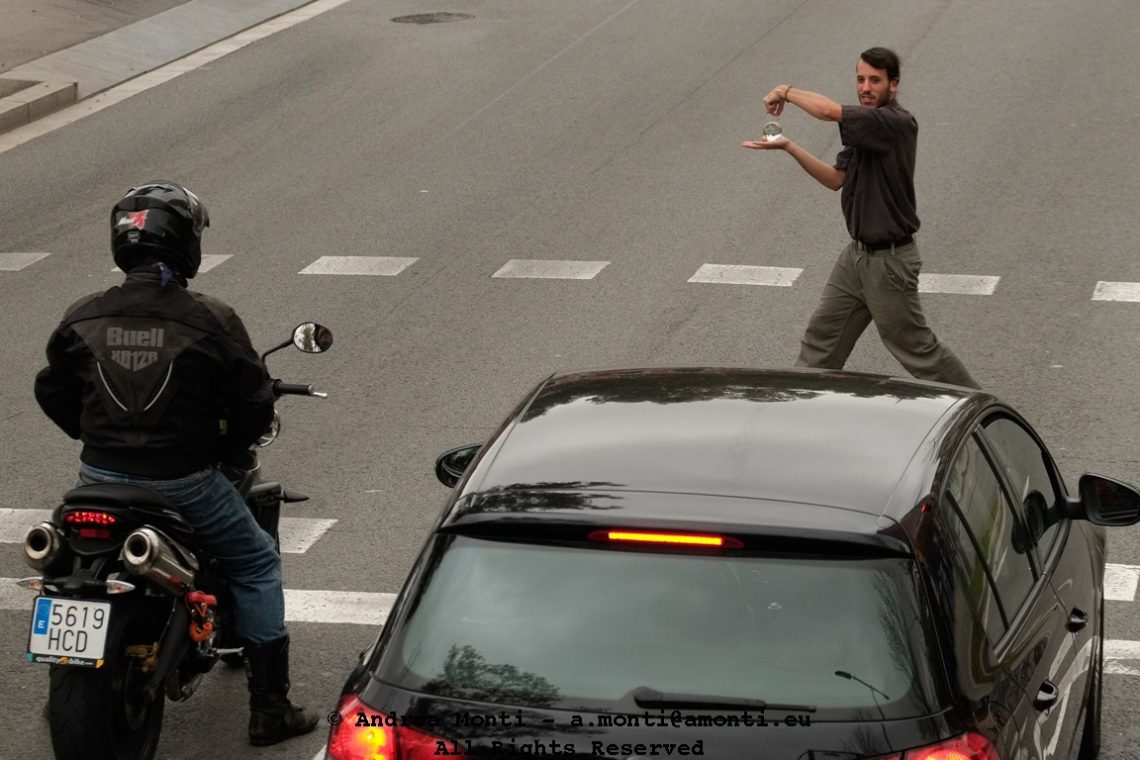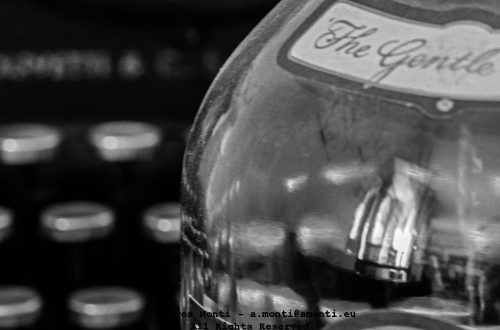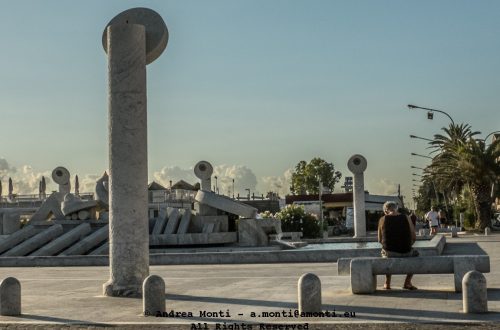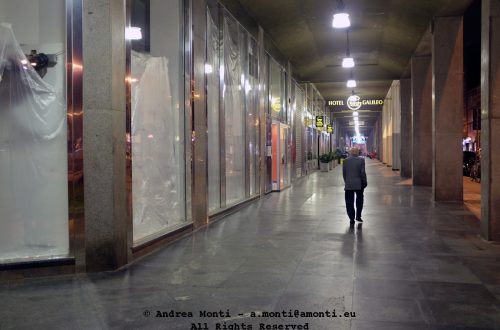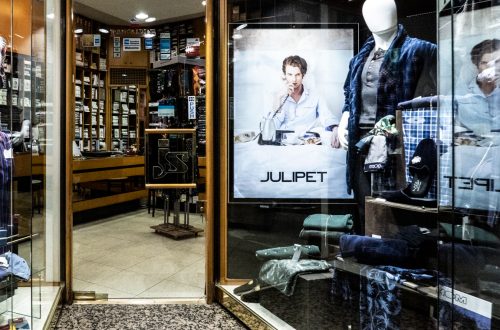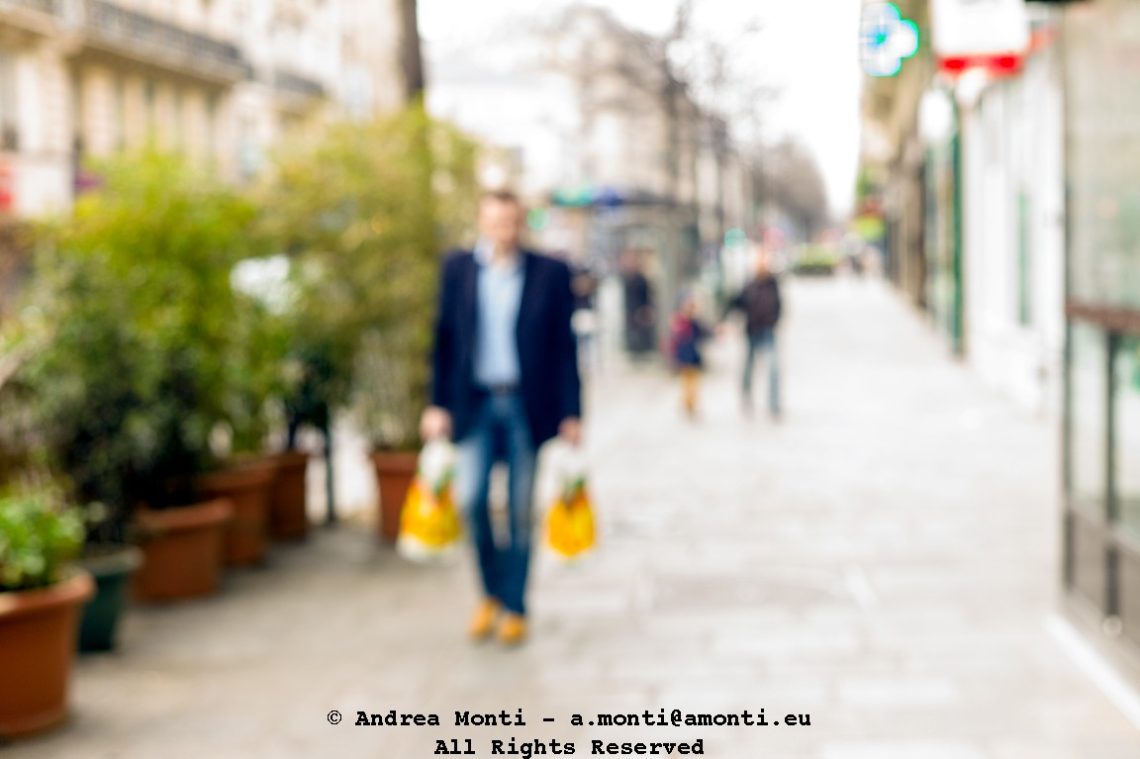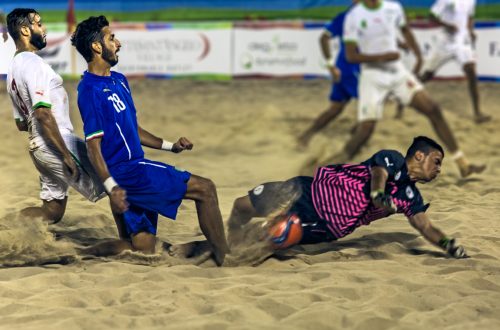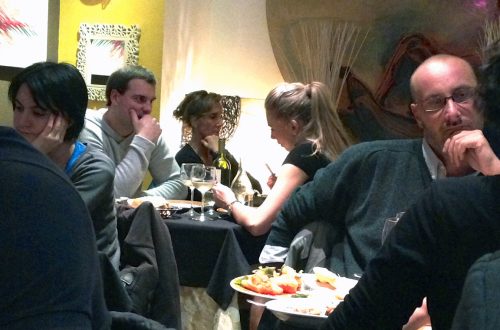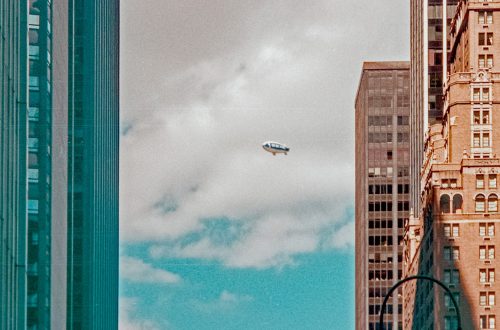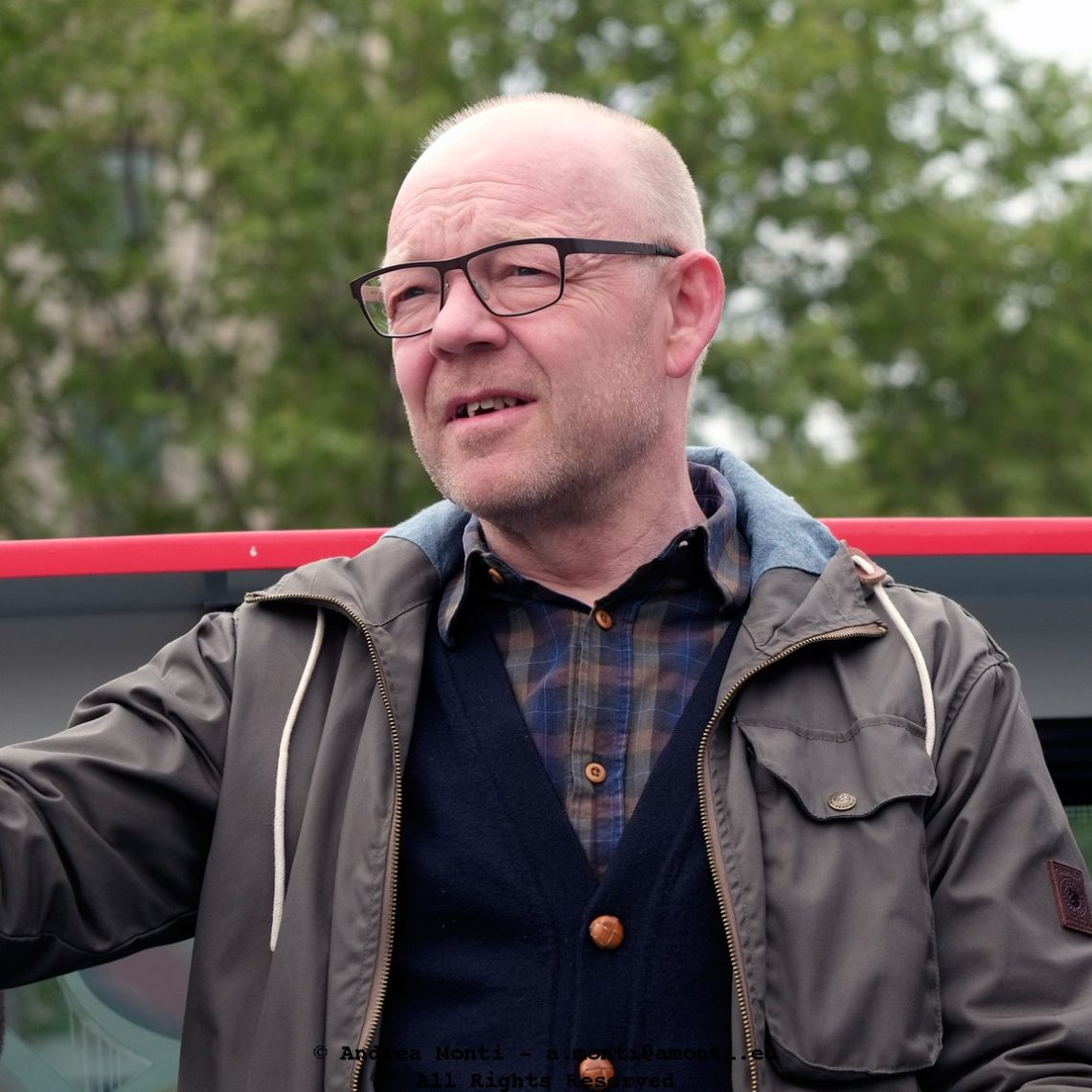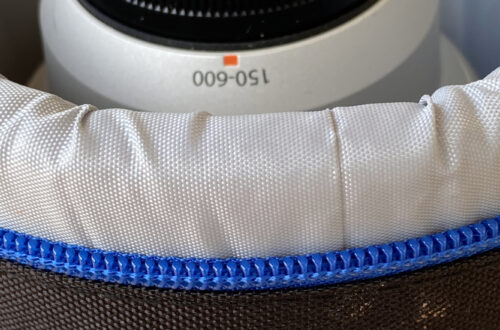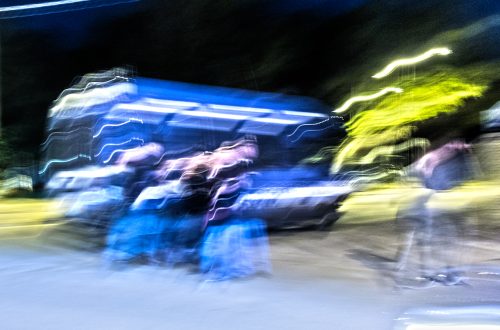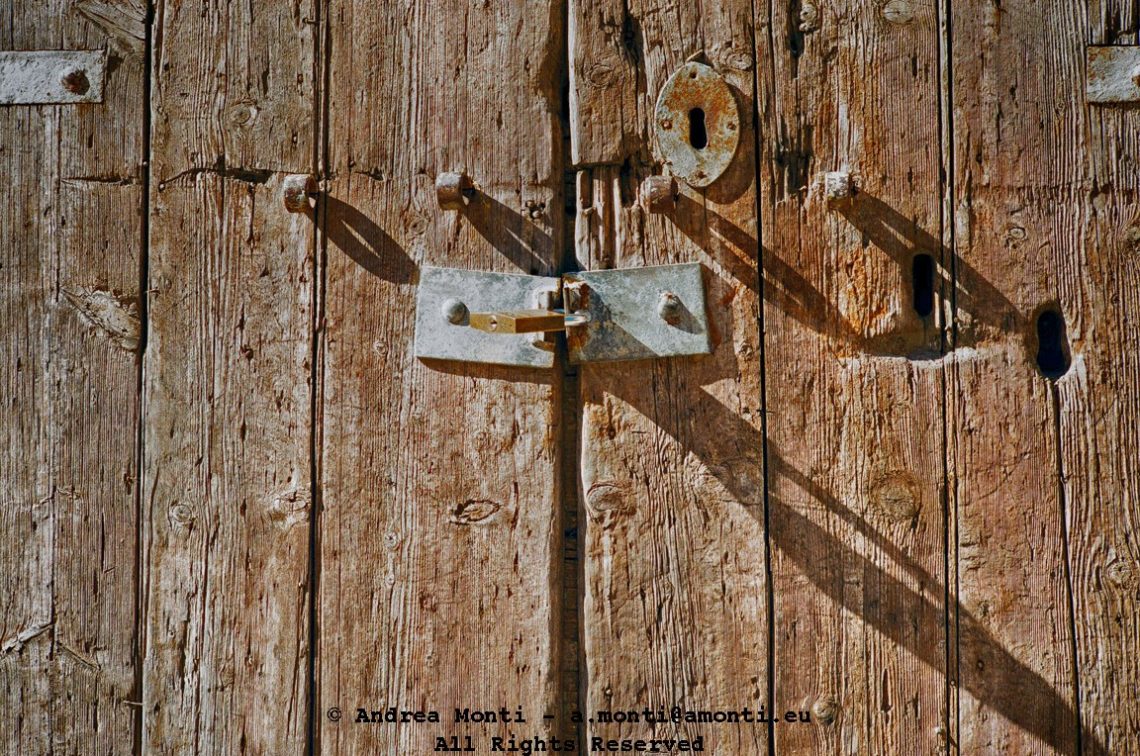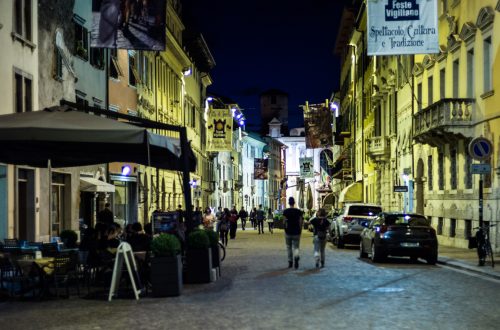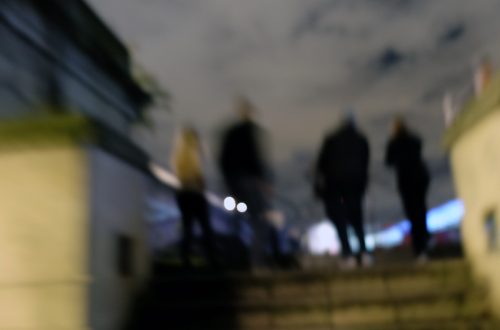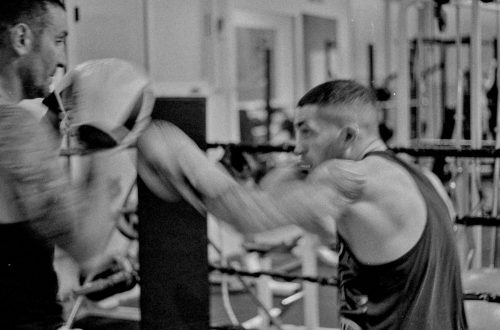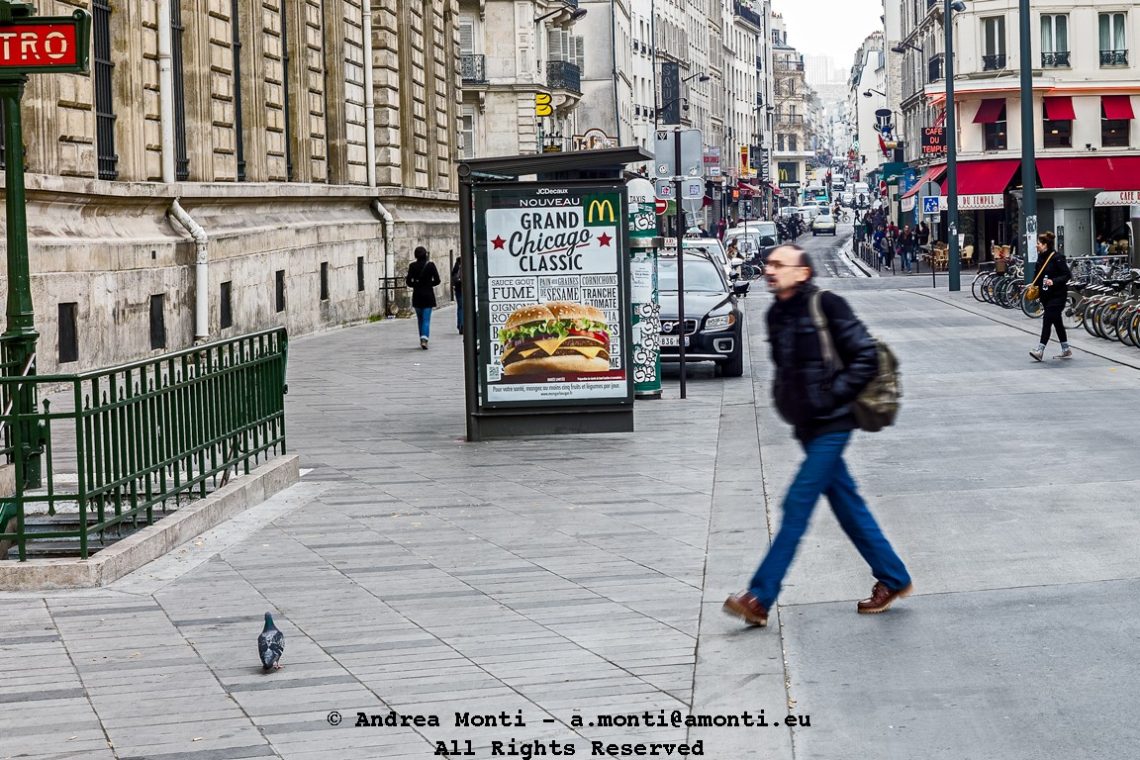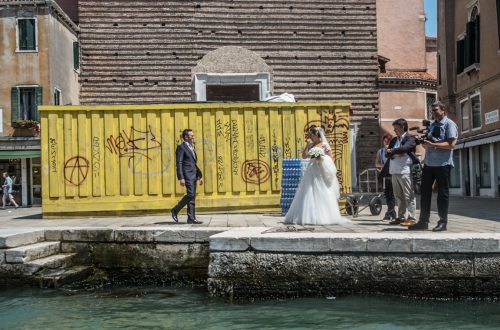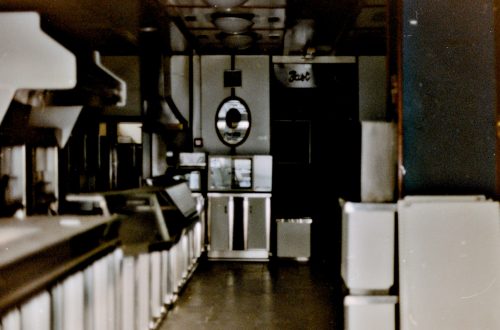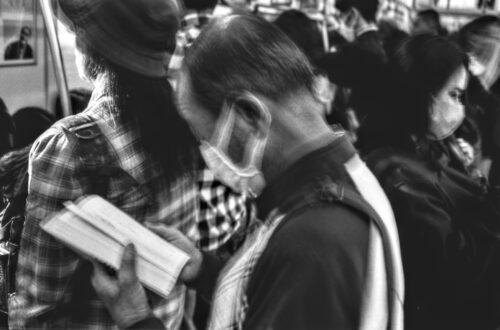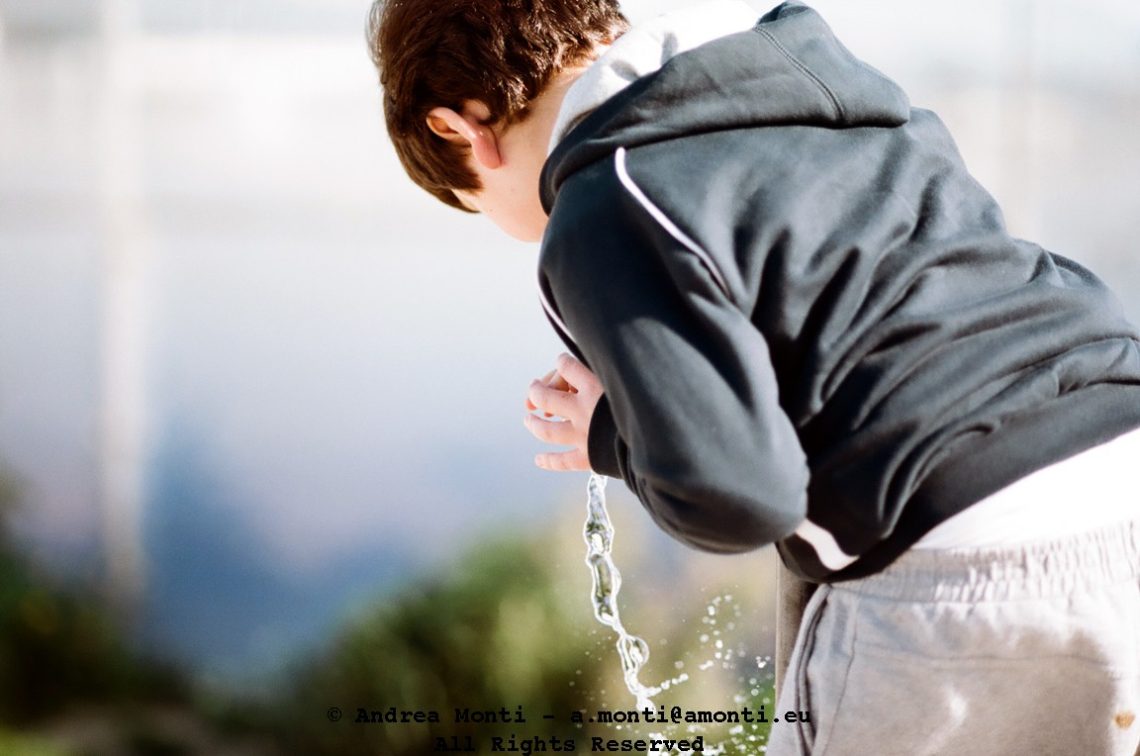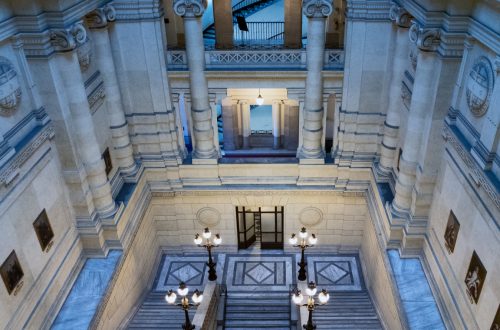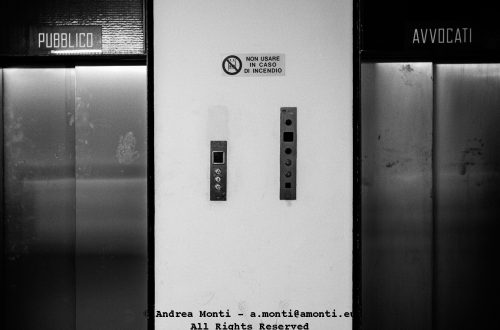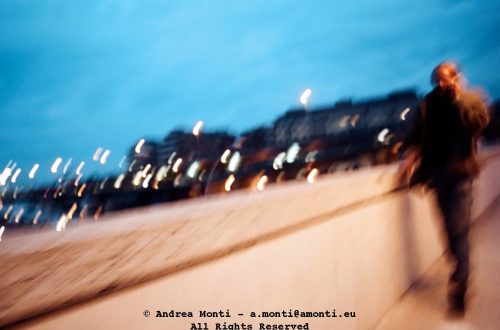-
Arriba El Mexico!
I took this photograph from the passenger seat of a cab, during that suspended moment when traffic stalls and the city becomes a collage of reflections and colour. The small felt figure hanging from the mirror caught my attention first—bright, slightly absurd, and placed without irony. The tiny sombrero, the stitched flag, the green felt body: a souvenir turned mascot, living in the blurred space between décor and identity. What interested me was how this small object commanded the frame. The background—city lights, signage, fragments of buildings—exists only as colour fields and soft shapes. The mirror picks up hints of the driver, the interior, and the street behind us, but…
-
A Zeppelin in The New York Sky
New York, 2000. I remember looking up from the crowded streets and seeing it — a zeppelin, drifting slowly above the jagged canyon of Midtown’s architecture. In that moment, it felt like something out of a different century had quietly slipped into ours. I didn’t have much time to think; I just framed, focused, and released the shutter. The composition is as much about absence as it is about presence. The airship is small, almost swallowed by the negative space of the sky, yet the buildings act as monumental bookends, forcing the eye toward the centre. The turquoise cast of the glass facade on the left and the warm brick…
-
Just A Bird
The small sparrow resting on the green stalk caught my attention not because it was rare, exotic, or particularly dramatic, but because it was simply there. A fleeting pause in the ordinary rhythm of the day. The late afternoon light wrapped both bird and plants in a warm, almost golden atmosphere, softening the edges and bringing out the textures of the leaves and flowers. From a technical standpoint, the composition is clean yet unforced. The sparrow is positioned off-centre, allowing the surrounding vegetation to balance the frame. The diagonals created by the leaves and the blurred background help guide the eye naturally towards the bird without resorting to obvious tricks.…
-
Streetlight Duet
Late-day sun is the best kind of collaborator—less commanding than noon, more generous than twilight. It brushed the scene just enough to lift texture from skin and fabric without blowing out detail. I didn’t ask them to pose, but the casual lean against the car and the hand over the guitar’s body settled naturally. That balance between intimacy and performative posture intrigued me. This shot could have easily slipped into cliché—two musicians and a guitar, the standard fare of street portraits. But the subtle discord between expression and energy saves it. One wears a smile that could go either way: pride or deflection. The other looks on with the quiet…
-
Just A Cat
-
The Spanish Sense of Flesh – 2
-
Nightlife in Bruxelles
You can smell it before you hear it — the warm hum of beer, laughter, breath crystallising in the cold. This photo, taken in the backstreets of Brussels, isn’t a postcard of nightlife. It’s a sketch. Loose, fast, half in shadow. Which makes it all the more true. Cafés and pubs stack signs on top of each other like citations — Delirium, Floris Bar, Café, Pub, Garden. Every name lit, every door half-open, promising exactly what you need at this hour. But the terrace tables are empty, stacked in rows like punctuation marks between stories. It’s too cold to sit. Too late to be still. The people gather where the…
-
The Spanish Sense of Flesh – 1
-
The Unconvinced Listener
This was one of those shots where the scene composed itself. I didn’t need to move much—just recognise and release the shutter. What drew me in was the geometry of the interaction: a makeshift stage, oversaturated lighting washing the performers in synthetic blue, and in the foreground, a single man caught mid-gesture, possibly clapping, possibly holding a phone, or perhaps neither—his posture uncertain and unaligned with the music unfolding metres ahead. The band, framed neatly under the overhang of a modern tram stop, seems to exist in its own world, driven by rhythm, sequins, and stage light bravado. They’re working hard. But the man in the foreground? He’s not buying…
-
Waiting For The Elections
Shot on a Leica M9 with a Zeiss Biogon 35mm f/2.8, this image is more about suspension than action. The frame holds a waiting posture — literally and metaphorically. No speeches, no slogans, just the inertia of democratic process taking over the political machinery. I wanted to convey stillness without silence. The Biogon’s rendering gave me that microcontrast and edge clarity I rely on when details matter more than gestures. The M9 sensor — as unpredictable as it can be in mixed light — held together the tonal values well here, especially in the midtones. Shadow detail was secondary; this wasn’t about hiding or revealing, but about the unresolved pause…
-
Though Choice
It doesn’t take much to make your day happy.
-
Zebra Crossing, Again…
-
Out For Justice
-
Square Three
-
What Are You Looking At?
-
Square Two
-
Square One
-
Now You See It…Street Juggler at a Red Light in Barcelona
Caught this just as the traffic paused. The juggler—or maybe illusionist—stepped onto the zebra crossing like it was a stage, pulling a contact juggling sphere from his pocket with the same ease most reach for a cigarette. No microphone, no music, no hat on the ground. Just confidence, and a tight, silent routine aimed at no one and everyone. I shot from slightly above, which flattened the scene into layers: the motorcyclist on the left, the car breaking the frame in front, and the performer, suspended mid-gesture. The composition benefits from the crosswalk marks, which slice the image horizontally and echo the performer’s stance. It’s geometry meeting theatre. Technically, this…
-
Portrait of a Politician – 2
-
No, You Don’t Need To Change Your Glasses
This was intentional. No missed autofocus, no technical glitch. I set the lens manually, focused nowhere, and waited for someone to walk into the blur. He did—carrying two bright yellow bags, dressed sharply but casually, perfectly unremarkable in the sharp world we expect from street photography. The concept was simple: remove clarity and see what remains. What I found was structure. Colour. Gait. Gesture. A kind of abstraction that doesn’t erase the human, just detaches it from identification. No face. No detail. But still a presence. Technically, the image defies critique by design. It isn’t sharp—at all. The highlights push into soft bloom, the street dissolves into haze, and the…
-
Lost In Barcelona’s Beauty
-
The Lost Lock
The photograph is focused on the weathered surface of a wooden door, its grain worn deep by time and use. At the centre sits a latch, secured by a small brass pin, surrounded by the scars of previous fittings. Above it, oversized keyholes mark the door’s history of repairs and replacements, each shadow stretching long across the wood in the midday light. Technically, the image is about texture and shadow. The exposure favours the roughness of the timber, rendering every fissure and nail hole in sharp detail. The sunlight is strong, but instead of washing out the surface, it enhances contrast, pulling the metallic coldness of the lock against the…
-
Catching the Tube in Paris
Street photography often thrives on the interplay between the static and the fleeting, and this frame from Paris captures that balance with precision. The scene is anchored by the familiar visual cues of the city — the “METRO” sign, the Haussmannian stonework, the ordered chaos of bicycles, cafés, and traffic further down the street. These elements provide a stable architectural stage against which the human drama plays out. The blurred stride of the man crossing the frame injects the shot with movement and urgency, the sort of kinetic energy that turns a documentary image into a narrative one. His presence, slightly soft due to motion blur, contrasts sharply with the…
-
Thirsty
